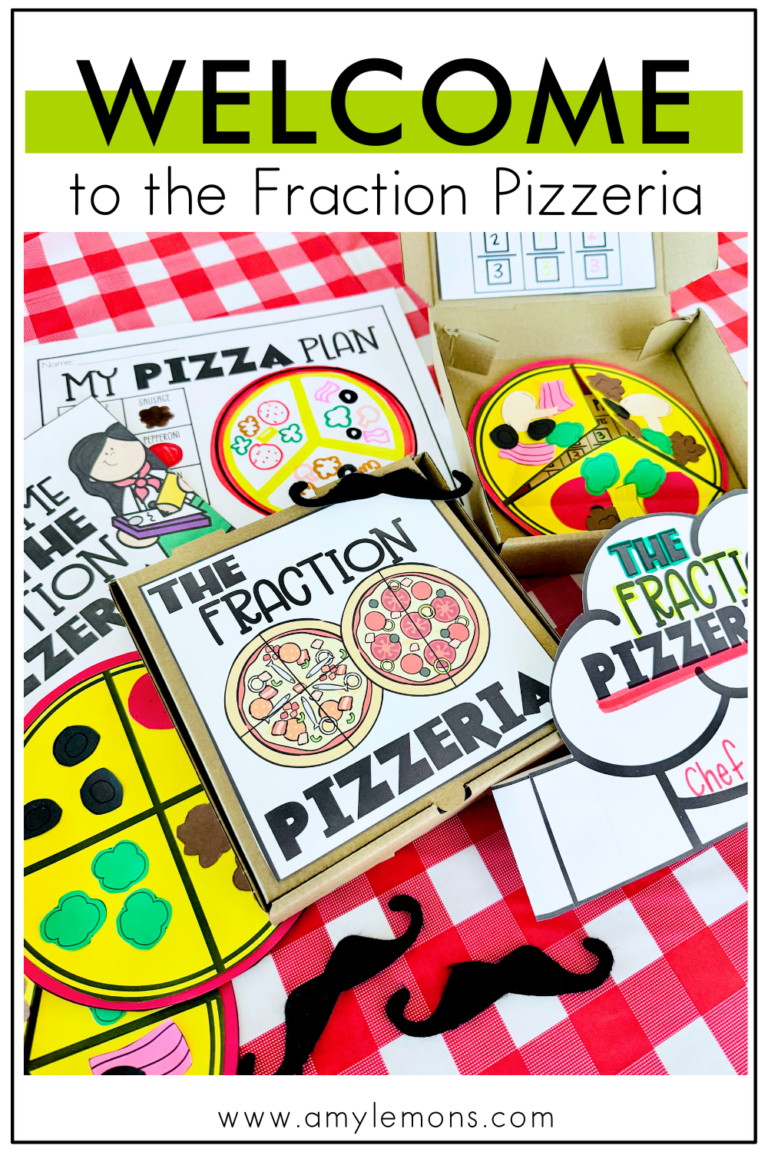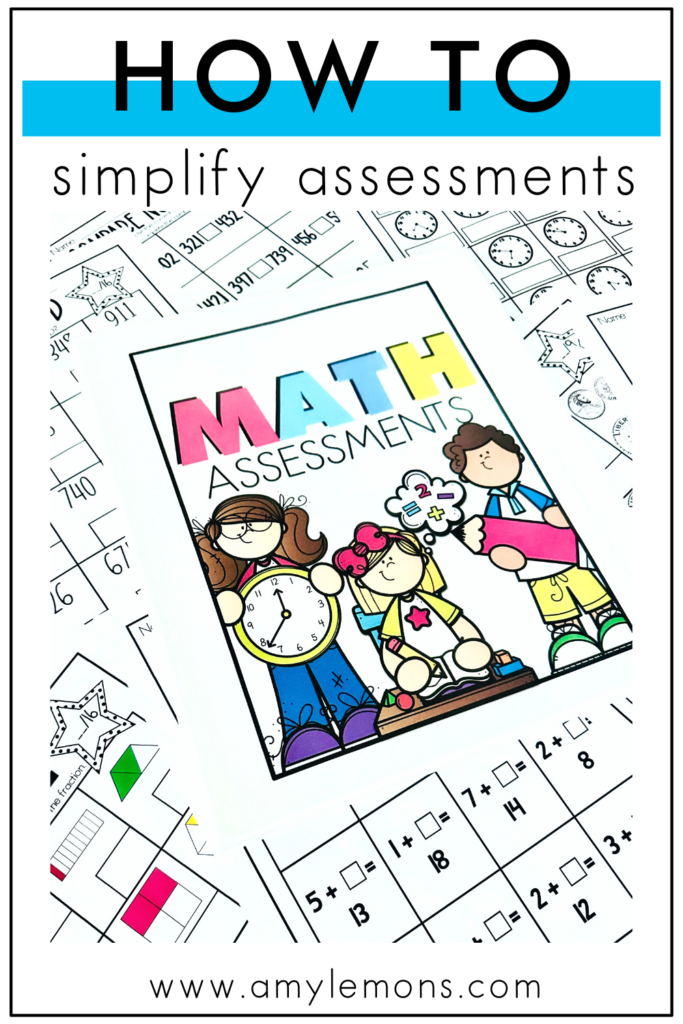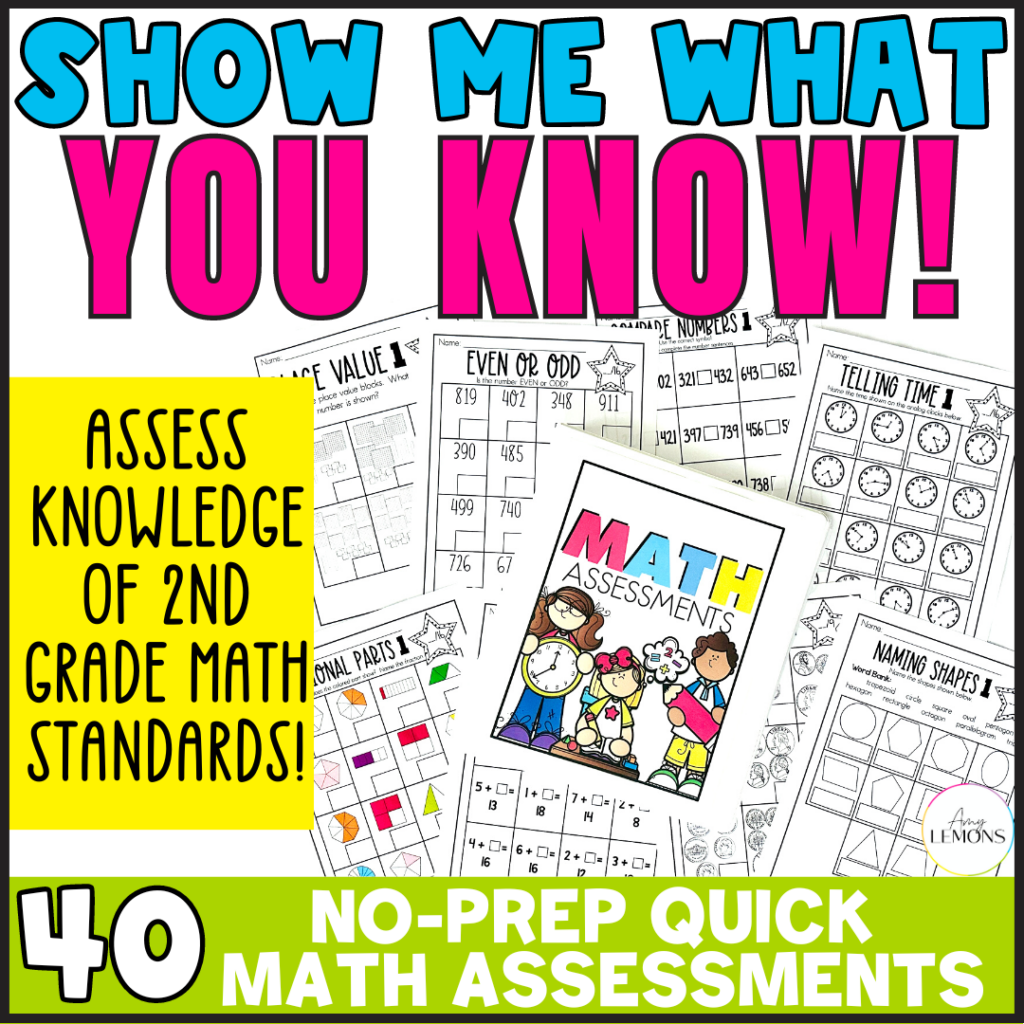

The mere sound of the word assessment likely sends sweat dripping down the faces of your students and likely, you too. As a teacher, you may be faced with long hours grading extensive math tests or finding that your students’ comprehension levels aren’t as high as you hoped.
On the other hand, students may be feeling overwhelmed or completely disconnected from the questions being asked so, instead of focusing, they are just trying to get through it. Sound familiar?
This is often the case when we are trying to fit in all the skills, using long drawn-out assessments, and neglecting to include relatable scenarios in our questions. The truth is there is an easier way to assess a student’s math level without turning it into a full-fledged exam.
I have three practical tips to share with you on how you can make easier math assessments for elementary students that save your sanity and alleviate student stress.
Looking for math assessments for elementary students? Check out these No Prep Quick Math Assessments!
Have you ever experienced assessment fatigue? I sure have!
Picture this: Your teacher passes out a math test. You look down at the assessment. The paper is full of an assortment of questions. Before even beginning, you are exhausted!
While there is a time and place for summative assessments, we don’t want to assign them weekly. Rather than continuously assessing all math standards, prioritize assessing essential concepts and skills.
Our main goal is to see if students clearly understand a specific objective. Breaking down concepts into bite-sized pieces will give us a clear picture of each student’s mastery. Then, we can target those specific areas with re-teaching as needed.
Incorporate real-world examples and scenarios into your math assessments. This not only makes the problems more engaging but also helps students see the practical applications of the concepts.
Take the concept of fractional parts. This can be a very abstract concept for students. However, if we can relate the fractional parts to candy bars, cookies, pizza, etc then it helps to make the concept of fractional parts more concrete for students.
Students will be eager to solve a problem that feels like something they have or may encounter which in turn gives them extra motivation.
Avoid overwhelming students with a large number of questions. This has always been my top tip for easily assessing students.
I truly believe that students do not need to answer 50 questions to show mastery of a skill. If a student can answer 5-10 questions correctly, then they can answer 50 questions correctly.
The same is true if they do not understand a specific concept. You don’t need an overwhelming amount of questions to see that a student needs more guidance or direction.
Limiting the number of questions will save your students time when taking the assessment, and it will save you time when grading. It’s a win-win for everyone!

Want to know if your 2nd graders have mastered a certain math skill AND you want this information ASAP? This math unit came out of a need to assess my math groups and individual students. There are 40 (1-page) QUICK math assessments. To save paper and time, I printed this resource out, put each page in a page protector, and made a math assessment notebook! You can do the same, or print them out…

Hey, y’all! My name is Amy Lemons and I am passionate about providing students with both engaging and effective standards-based Math and ELA lessons.

Sample a day of Rooted in Reading with these lesson plans and activities for Reading Comprehension, Vocabulary, and Grammar!